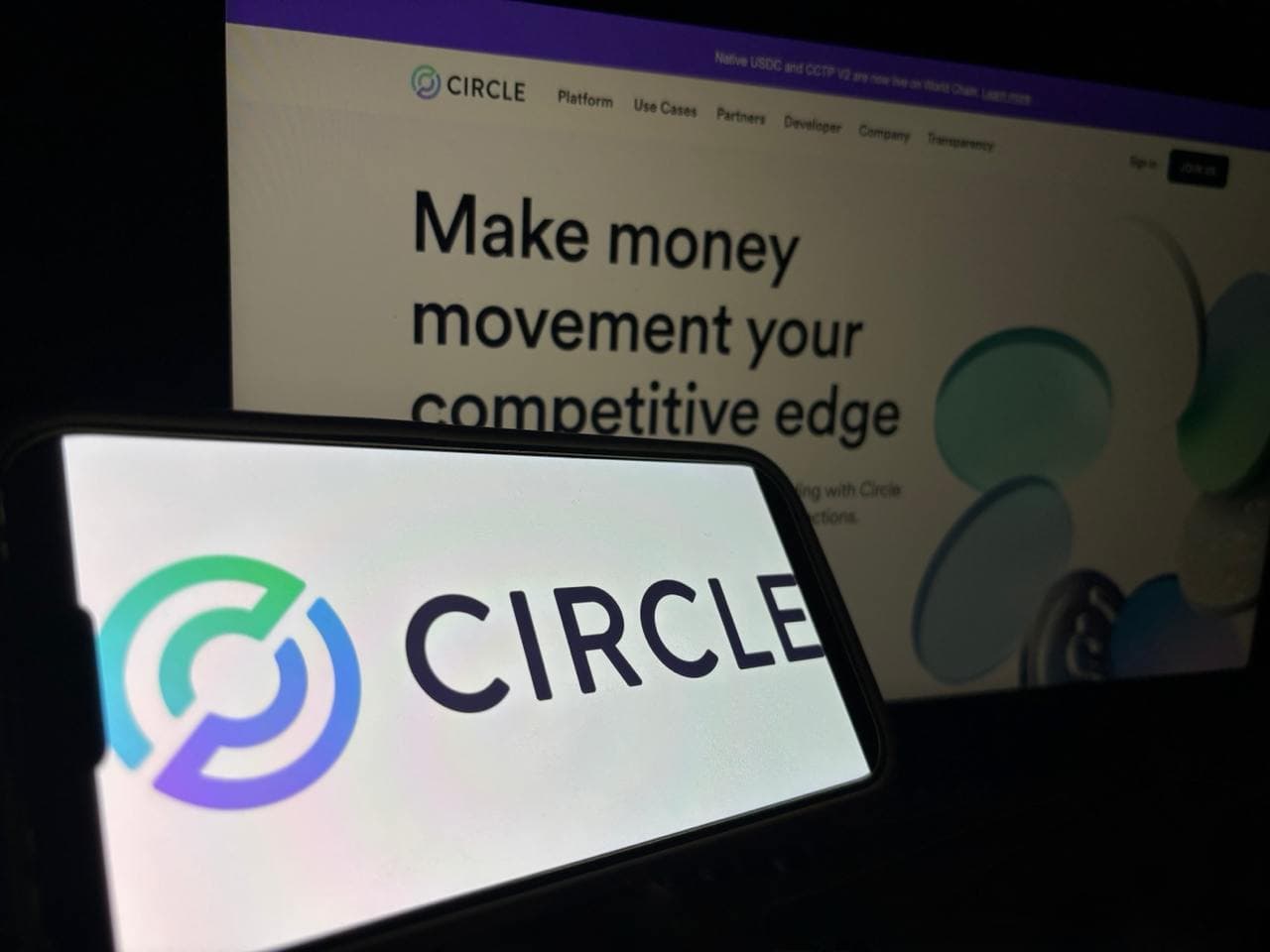Junior Cybersecurity Roles Are Vanishing—Blame Agentic AI

So I will start out by saying this: AI and its new improvements toward integration are kind of an issue, not for companies but for talented and aspiring individuals. Why? Because it’s starting to creep into every single aspect of the automation space and slowly but steadily starting to become more human in its actions. The new AI tech, such as MCP and ACP, is extremely advanced and, in many ways, can actively replace human tasks, given that we spend some time implementing it.
What is new in Agentic AI?
Well, I am pretty sure if you’re reading this, you have a good understanding of agentic AI, and if that’s not the case, here’s a rundown of what it is. Agentic AI is an improved version of AI integration in which we can implement tools and workflows that allow LLMs to perform actions and execute tasks. The tools can be anything and can also include external or internal API integrations, file reads, exclusive command layer access, or even code execution access. Quite interesting stuff.
Now, within this advanced form of using AI, we have 2 new ways of improving it even further, and that’s by using Model Context Protocol (MCP) and Agent Communication Protocol (ACP). Both of them help augment the already crazy capabilities of LLMs by implementing sophisticated tools and resource definitions, and also inter-agent communication. We will discuss more about the intricacies further, but the TLDR is that they are crazy easy to implement, make your LLM smart as hell, and can help it act as a human (to a fair extent) if implemented properly.
What is MCP?
MCP, or Model Context Protocol, is a defined and standardized protocol and an open-source definition for implementing or defining agentic tools and resources. Why is this a necessary thing? I would say a clear standard of implementation and also a clear backend structure to maintain and supply tools and resources, which from now on I will call T&R, to multiple agents. Now, in MCP, 2 major components are necessary to define and supply T&R to agents. There are the MCP server and the MCP clients. MCP servers are the host machines or the main hub in which the defined T&Rs are stored and can be supplied to the clients in 2 ways: streamable-http and stdio. I won’t go into more detail; read the FastMCP docs or the MCP docs for that. The MCP client, on the other hand, is the Agent and can connect to the MCP server and access the tools. The server is mainly an execution and data procurement platform for the agent and does not have LLM access until you use something like Context (read the docs).
Now, the TLDR of the above flow is that the agent requests the server for tool descriptions, the server gives tool descriptions, and the agent understands what set of tools it has. Now, when the user asks something related to tool execution, the agent executes the tool (asks the server to execute) and uses the final answer to return to the user what the end result is. Like I said, crazy stuff.
What is ACP?
We have looked into MCP, and you went out of your way to read the docs and have returned to read this. Thank you. With this advanced execution capability, if we have a method to create and make sure multiple agents, each with different personas, MCP tools, flows, and capabilities, can be interconnected to do a task, just imagine the glory of efficiency it can bring. That is ACP. ACP, or Agent Communication Protocol, is also an open-source and community-managed standard to allow inter-agent communication.
Now, how does this even work? It is a layer of implementation above the agents that is compatible with almost all agent definition SDKs out there. What it does is it defines a flow of execution, either a fixed or a hierarchical flow, to connect the agents. I won’t go into too in detail about the fixed flow (the docs again), but the hierarchical flow is a different aspect altogether. Just think of it as a map of multiple agents managed by one agent called a router agent. Think of it as an API, but with a brain, and a smart one at that.
So the process is like this: the router agent asks all the connected agents for their details, and all the worker agents share their details like execution info, tasks assigned, and tools they have. Now, depending on the user input, the router agent will pick the best agent for the job and make it do the work. And if there are multiple agents needed to do a job, it will create a flow in which each agent is assigned a task, and the router agent will coordinate the information, compile the results and executions, and return the result to the user.
Now that you have understood this at least on the surface level, I did not go too deep into the code aspects (I might write a separate blog on that). We can move on to the issue with this and cybersecurity.
How does this affect the cybersec job space and work entirely?
Now, when companies need small recurring tasks done, they traditionally assign them to junior employees who can learn and grow. But with MCP and ACP implementation, almost all junior-level positions—log monitoring, alert verification, security evaluations—will get automated. Junior employees would be expected to handle complex tasks immediately, making entry requirements impossibly high.
The numbers are staggering: 55% of entry-level positions already require 3+ years of experience, with 94% of entry-level IT jobs requiring at least one year. Even worse, 96% of IT graduate positions demand two years of experience. Companies that once asked for 2 years now might demand 4-5 years.
The impact is already here: Big Tech cut new graduate hiring by 25% in 2024, and 41% of employers plan workforce reductions within five years due to AI. In cybersecurity, AI will boost SOC efficiency by 40% by 2026, already automating over 90% of Tier-1 tasks. Despite a 4 million cybersecurity workforce gap, companies choose AI over new talent.
What I suggest to stay ahead of the curve?
Join AI and AI automations, if you can’t beat ’em, join ’em. Learn about these things and enhance your knowledge of them because, as it stands today, the jobs are stagnating, and that’s why the entry bar is increasing and automation is dominating. So, if you’re fast enough, you can join the profession and use your security expertise to put the automations in place and make a career out of it. I know this is urgent, but we can’t help it. Also, the big jobs that are at immediate risk are the analytics side, but the blue and red teamers are also in the target scope, and within a few more years, you will also be at risk.
Instead of diving headlong into AI, think about becoming a “Human-in-the-Loop” expert. Companies are really looking for people who can validate AI conclusions, deal with those nasty cases that don’t fit the regular mold, and keep an eye on things when AI software makes dubious choices. This is a whole new line of work where you’re worth your salt in being that crucial human factor that keeps AI from straying.
Another path is to highlight highly creative problem-solving and areas where AI remains weak. Advanced incident response, advanced threat hunting, security architecture design, and strategic planning all require human intuition, creativity, and thinking beyond set patterns. AI systems can run to playbooks, but they cannot yet equal human creativity when responding to new attack vectors or developing security strategies that need to balance technical needs with business needs. Don’t just use AI tools, learn to create them. Learn to construct, tailor, and fine-tune MCP servers and ACP agents. Be the architect of these systems, not their victim. Similarly, as AI systems propagate, they become targets of attack. Knowledge of AI security, protecting AI systems, AI-generated attack detection, and adversarial defense places you at the intersection of two significant fields.
The strongest professionals will be those who develop cross-functional competencies, bridging technical expertise with business expertise, communication, and leadership. Be the interpreter between technology teams and business constituents, something AI can’t do because it involves understanding human dynamics, politics, and unspoken concerns. Lastly, think about operating on your own. Create AI-driven security products as side businesses. The entry barrier for developing AI tools has never been lower, and proving value through creation rather than conventional employment might be the most realistic means of differentiating in more automated times. The challenge is to lead the curve of automation, not just ride it.
Conclusion
I am sorry, but this is how it is. We need to safeguard our jobs and the future of cybersecurity. Our end goal as security pros is not just to safeguard information but also ourselves. That’s all I have to say,



